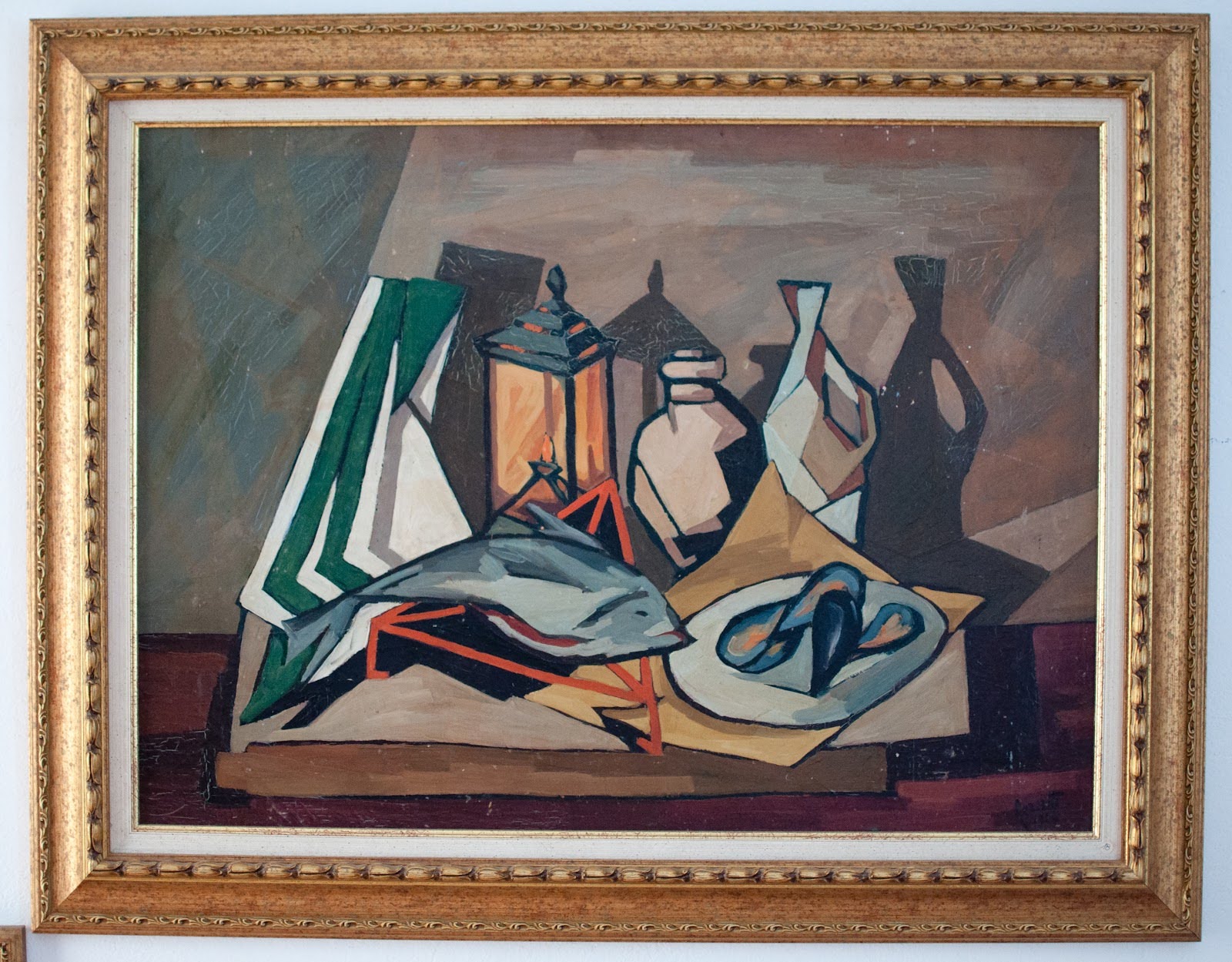The world of art has witnessed numerous movements that have shaped and redefined artistic expression throughout history. Three significant movements that emerged during the 20th century are EAISMO, Futurism, and Abstraction. Each movement represents a distinct approach to artistic creation, reflecting the spirit of its time and the socio-cultural context in which it arose. This essay explores these movements’ characteristics, influences, and impact on the art world and their lasting legacy in the realm of creativity.
EAISMO
EAISMO, short for “Espressionismo Astratto Italiano” or Italian Abstract Expressionism, originated in Italy in the 1950s. Emerging from the post-war period, the movement sought to move away from traditional representation and embrace a more spontaneous and emotional form of artistic expression. Influenced by the American Abstract Expressionism movement, particularly the works of artists like Jackson Pollock and Willem de Kooning, EAISMO artists aimed to convey their inner emotions and subconscious through bold and gestural brushwork.
Its vibrant colours, dynamic forms, and non-representational imagery characterised the movement. Artists sought to liberate themselves from academic conventions and experiment with new materials and techniques. EAISMO represented a departure from the traditional subject matter, allowing the artists to delve into the realms of abstraction and explore the depths of human emotion through paint.
Futurism
Futurism, born in Italy in the early 20th century, was a dynamic and radical movement that embraced the age of modernity, celebrating speed, technology, and the industrialisation of society. Championed by artists like Filippo Tommaso Marinetti, the Futurists rejected the static nature of the past and glorified the beauty of movement, energy, and the mechanised world.
The movement embraced a fascination with the machine age, urban landscapes, and the aesthetics of speed. Artists sought to depict the dynamism of modern life through fragmented and abstracted forms, conveying the sense of perpetual motion and the passage of time. Futurism was not merely confined to painting but also extended to other forms of art, including literature, sculpture, and performance.
Abstraction
Abstraction is a broad and diverse movement that emerged in the early 20th century, spreading across various countries and artistic practices. Rooted in a desire to break away from representational art and depict pure forms, colours, and lines, abstraction sought to explore the intrinsic qualities of art itself. Wassily Kandinsky and Kazimir Malevich were pioneers of abstract art, developing theories and visual languages that would guide many future abstract artists.
Abstract art can be categorised into two primary forms: geometric abstraction and abstract expressionism. Geometric abstraction focuses on precise lines and shapes, often inspired by mathematics and architecture, while abstract expressionism emphasises emotional and gestural brushwork, aiming to convey the artist’s inner world.
EAISMO, Futurism, and Abstraction are distinct movements that have profoundly impacted modern art’s development. Each activity uniquely responds to their time’s changing cultural and societal landscapes. EAISMO sought to channel emotions and the subconscious, Futurism celebrated the dynamism of modern life, and Abstraction explored the essence of art itself. These movements expanded the boundaries of artistic expression and challenged traditional norms, leaving a lasting legacy on the evolution of art in the 20th century and beyond.
